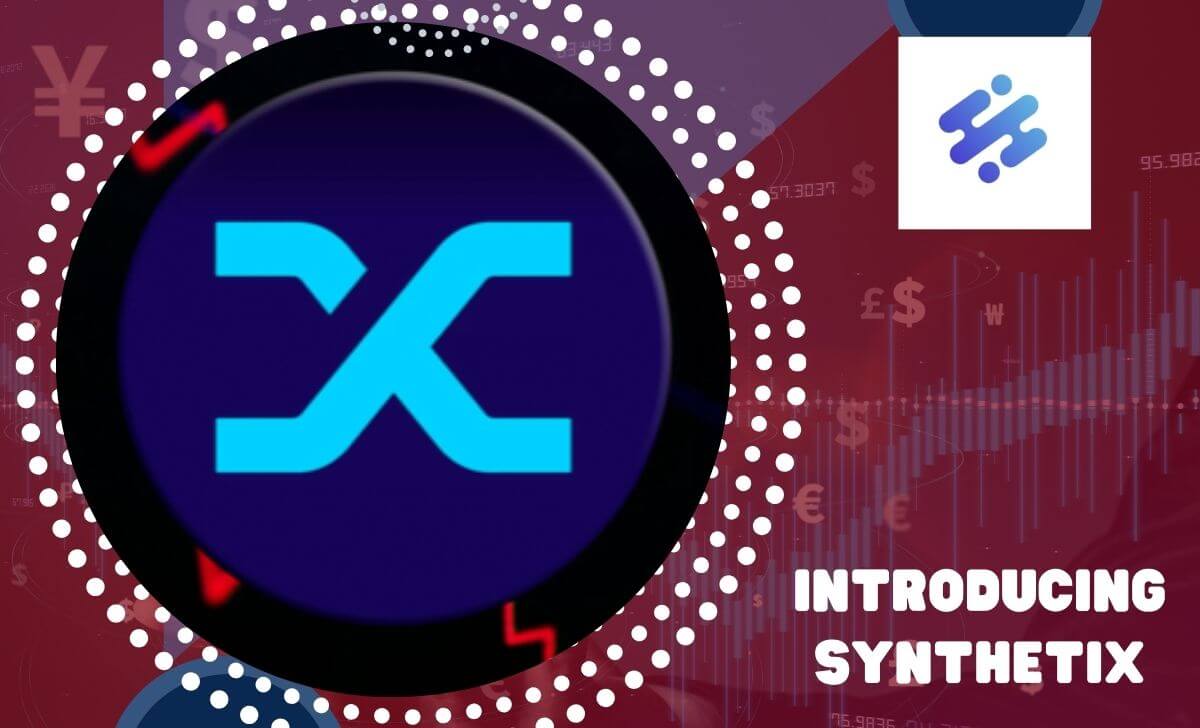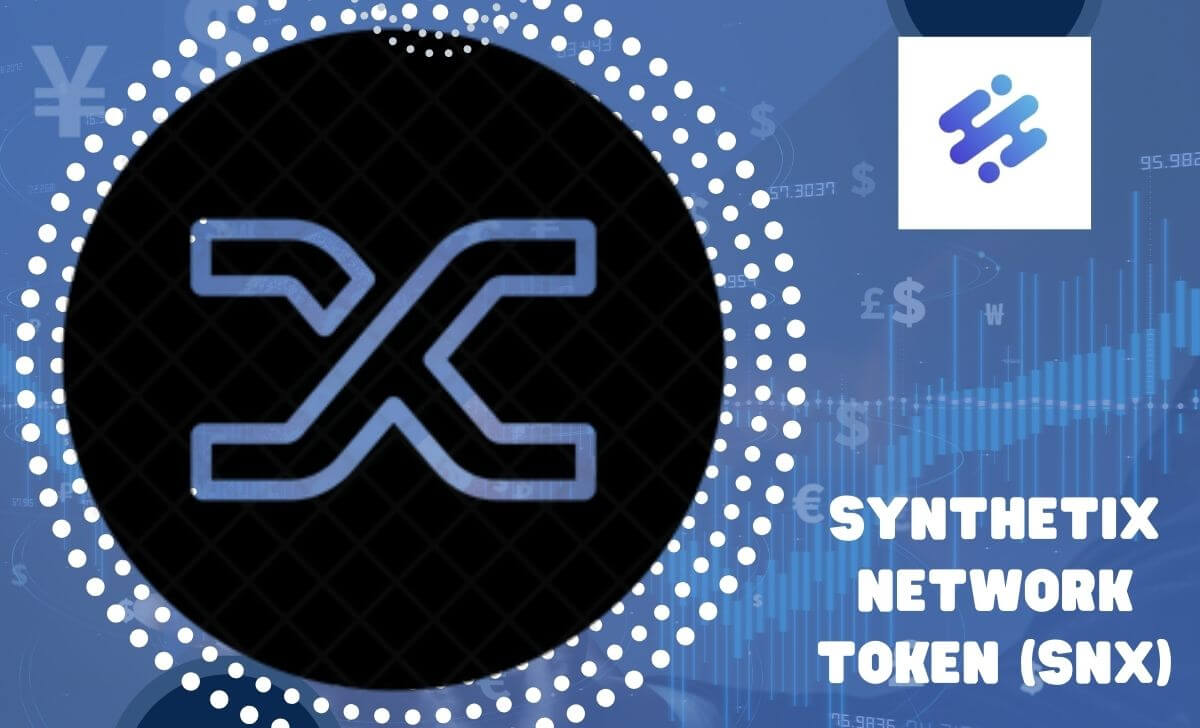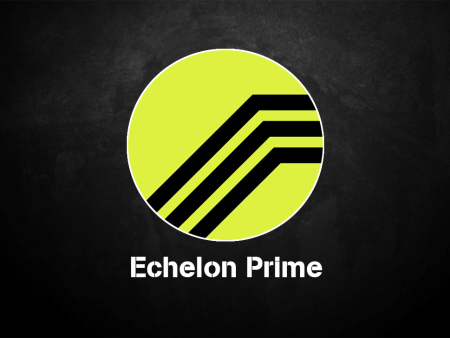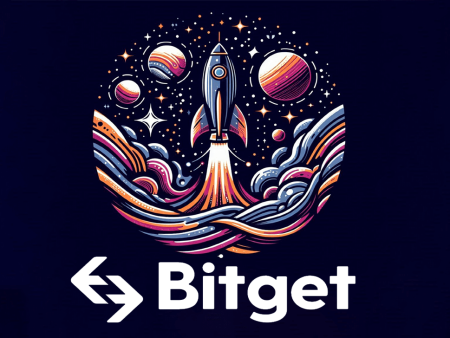Synthetix is a project that issues synthetic assets built on Ethereum and Optimism.
So what makes Synthetix special? Let’s find out through this article with AZCoin!
Introducing Synthetix

Initially, Synthetix started out as a stablecoin project called Havven. After navigating a bear market, it pivoted to become a synthetic asset protocol. The community behind Synthetix pioneered many mechanisms that are now considered DeFi industry standards.
As a core building block of DeFi on Ethereum and with an upcoming layer-2 scaling solution, Synthetix is likely to remain a significant part of the DeFi landscape in the near future.
What is Synthetix?
Synthetix is a synthetic asset protocol that enables the issuance of synthetic assets on Ethereum. Synthetic assets can be seen as a type of derivative product, providing exposure to an asset without actually owning it.
So, what can be a synthetic asset, or more specifically, a Synth? Essentially, anything with a reliable price feed. For example, BTC or ETH, commodities like gold and silver, and fiat currencies like USD. Even inverse Synths exist to track the inverse movement of underlying assets, giving traders an easy way to access short-term exposure or hedge existing holdings, to create positions to leverage yields.
The basic idea behind Synthetix is that traders can gain exposure to certain assets without those assets needing to exist on-chain. Synthetix also allows for the creation of indexes such as DeFi index, to track the prices of a basket of various DeFi assets.
How does SNX work?

Synths use decentralized oracle prices to track the prices of underlying assets. It’s important to note that Synth is different from stablecoins, which are backed by a reserve. Instead of a traditional reserve, what gives value to Synths are complex on-chain mechanisms and smart contracts.
For example, BUSD is a stablecoin where each BUSD represents 1 USD held in reserve. Similarly, Pax Gold (PAXG) by Paxos is backed by physical gold bars. In a way, if you own PAXG, you own a certain amount of underlying gold reserve. In other words, PAXG is a token representing ownership of gold.
Synths have a different significance. They track asset prices through a complex mechanism of smart contracts. Owning sXAU does not mean you own any actual gold. It simply means you have exposure to the price of gold.
So why would you want to hold onto an asset like that? As mentioned earlier, Synthentix provides a way to gain price exposure to an asset without actually owning it. Another thing that makes Synths useful is that they are Ethereum ERC-20 tokens.
Therefore, other DeFi protocols can easily integrate them. Synths can be deposited into places like Uniswap, Sushi, or Curve, where you can provide liquidity and earn transaction fees similar to other ERC-20 tokens.
Synthetix network token (SNX)

If Synths are not backed by underlying assets, what are they collateralized by? Primarily by the platform’s token – SNX. More recently, Synthetix has also added ETH as a supported collateral asset.
Synthetix operates on an overcollateralization mechanism, meaning each synthetic asset is collateralized by more value than it represents.
Synths are created by users staking collateral assets (SNX) and minting a synthetic asset corresponding to it. In other words, each Synth is essentially a debt against the collateral assets deposited.
Each debt position needs to be maintained at a certain collateralization ratio. This ratio is determined by the governance system. Its purpose is to ensure that Synths are fully collateralized and there are no deficits in the system, even in external events like a major market crash.
Investors must manage this ratio manually by minting and burning Synths (debts), or adding more collateral assets to ensure they can continue earning rewards from staking.
Looking for the perfect cryptocurrency exchange? Our list of the best crypto exchanges 2024 will help you find the one that’s right for you. Check it out now!
Unlimited liquidity and no price slippage
The Synthetix market operates as a trading platform with “infinite liquidity” because it does not have an order book or traditional price slippage. Prices are determined by an algorithmic mechanism, similar to how an Automated Market Maker (AMM) operates rather than a Central Limit Order Book (CLOB).
Essentially, when you trade on Synthetix, you are not trading with an individual or market maker. Instead, you settle a portion of your debt from a debt pool and borrow a similar amount of debt in another Synth.
It’s a complex mechanism with many aspects, but the important thing to understand is that trading on Synthetix will not be like trading on Binance’s order book or Uniswap’s liquidity pools.
Synthetix and Optimism

Why isn’t the entire US stock exchange NASDAQ listed on the Synthetix exchange? The issue lies in fees and ensuring network execution on the Ethereum mainnet may not be suitable for most traders and trading styles. This is why Synthetix contracts will be deployed on a layer 2 solution called rollup optimistic, specifically implemented by Optimism.
Rollups are an excellent way to scale blockchain. Unlike other scaling solutions like sidechains, which have their own security responsibilities using a separate validator set, rollups derive security from the Ethereum blockchain. This is the main difference. Rollups can achieve similar scaling benefits as sidechains (e.g., increased transaction throughput and lower transaction fees) without compromising security significantly.
However, Synthetix contracts are more complex compared to many existing contracts. Safely transitioning them to advanced technology may not be an easy task. Optimism has been working behind the scenes with Synthetix for some time, and the mainnet deployment is expected to take place in the summer of 2021.
Summary
Synthetix is a protocol that allows users to create synthetic assets, known as Synths. These Synths track the price of underlying assets without requiring users to actually own those assets. Synthetix is one of the oldest DeFi projects with a decentralized governance structure, powered by the long-standing SynthetixDAO.
To ensure safety and security, it’s crucial to use reputable cryptocurrency exchanges. We encourage you to review our Evaluation Process page for a comprehensive understanding of our evaluation criteria.

I am Tony Vu, living in California, USA. I am currently the co-founder of AZCoin company, with many years of experience in the cryptocurrency market, I hope to bring you useful information and knowledge about virtual currency investment.
Email: [email protected]











